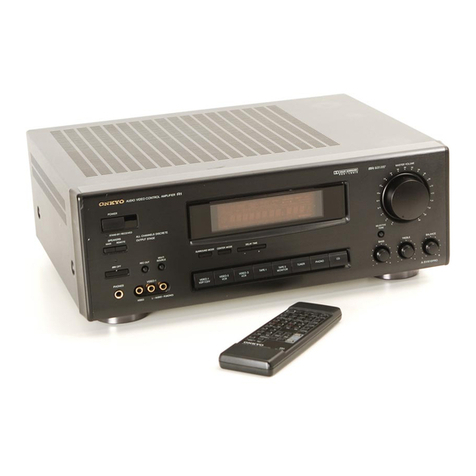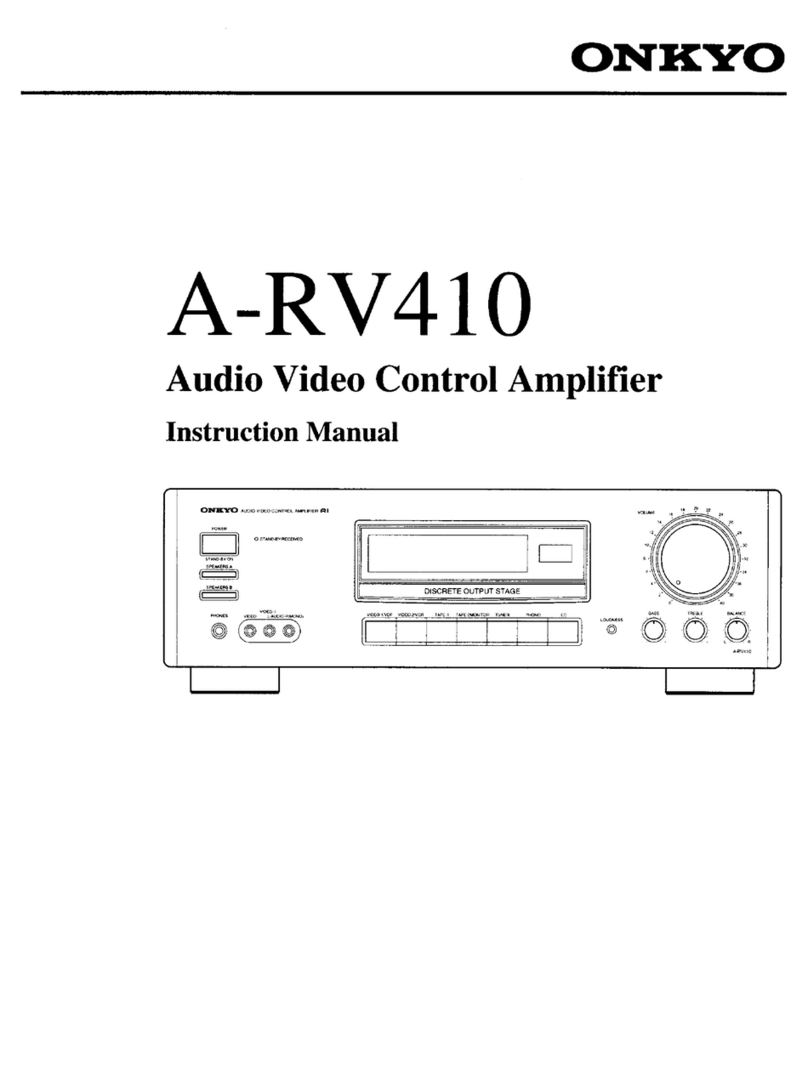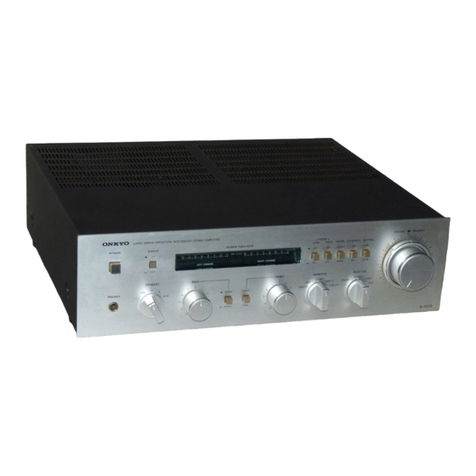Onkyo TX-SV424 User manual
Other Onkyo Amplifier manuals
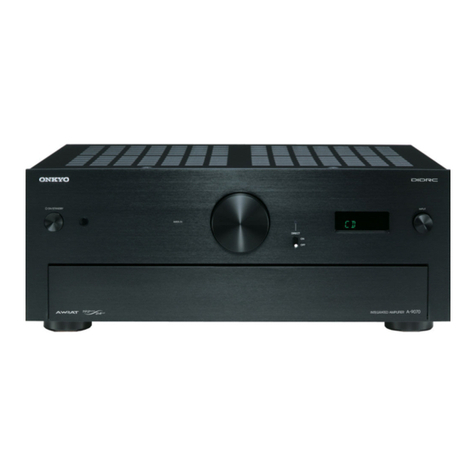
Onkyo
Onkyo A-9070 User manual

Onkyo
Onkyo M-5030 User manual
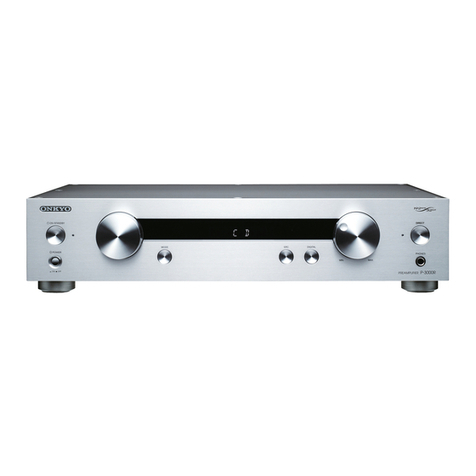
Onkyo
Onkyo P-3000R User manual
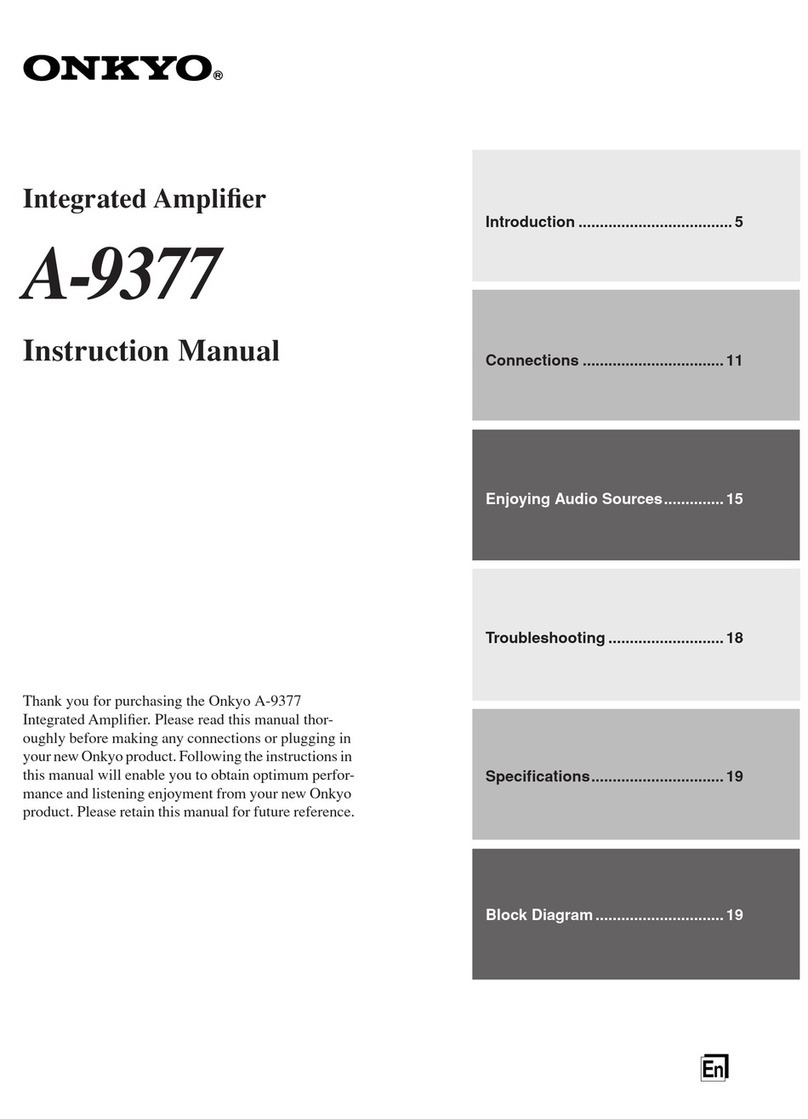
Onkyo
Onkyo A-9377 User manual
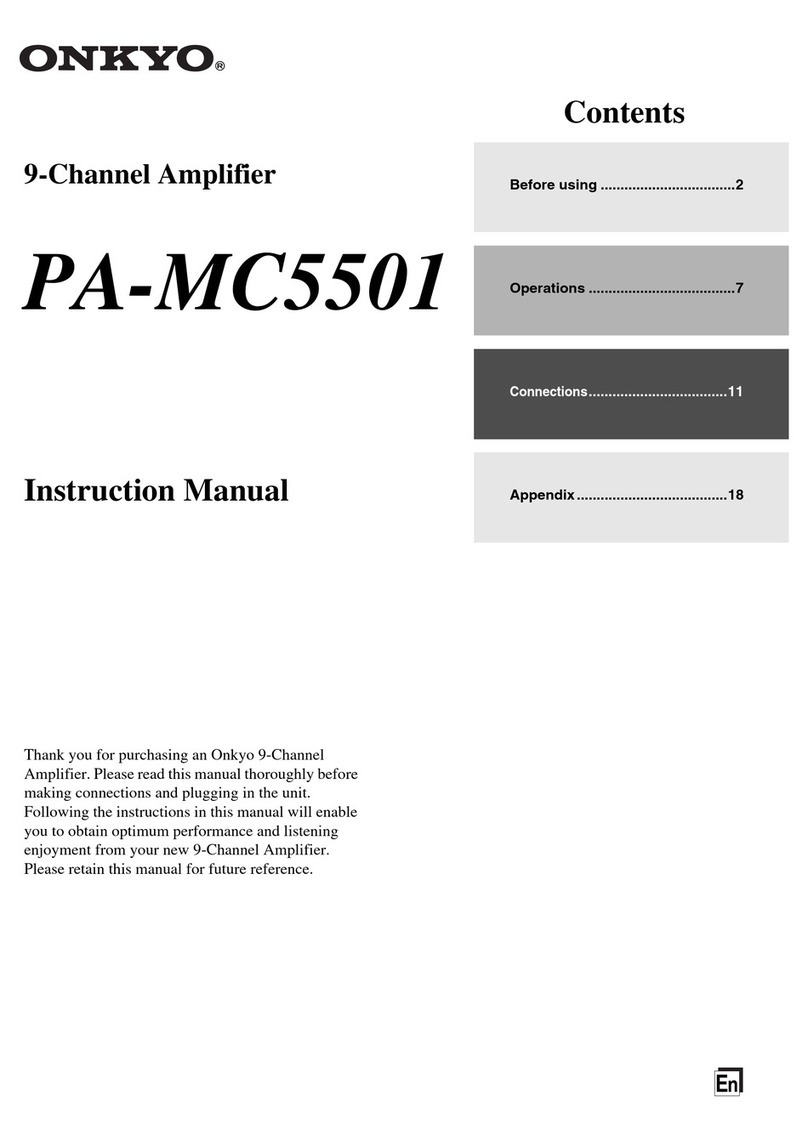
Onkyo
Onkyo PA-MC5501 User manual

Onkyo
Onkyo M-5130 User manual
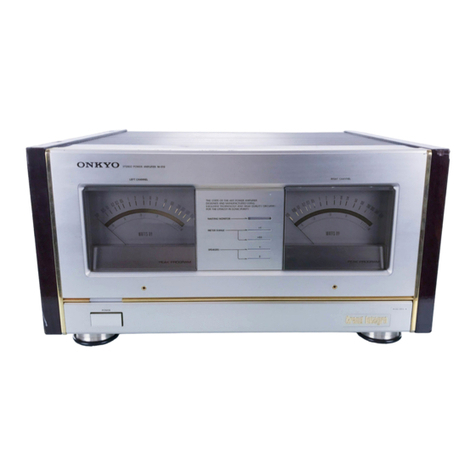
Onkyo
Onkyo Grand Integra M-510 User manual

Onkyo
Onkyo TX-903 User manual
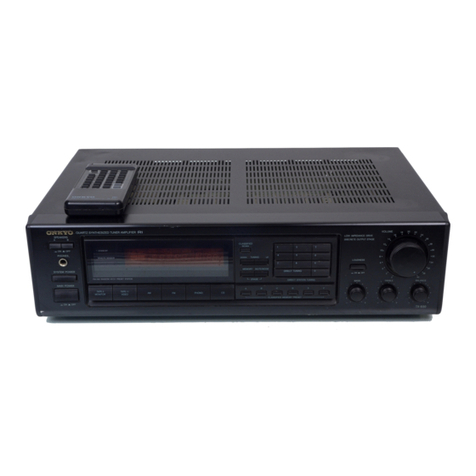
Onkyo
Onkyo TX-910 User manual

Onkyo
Onkyo A-8700 User manual
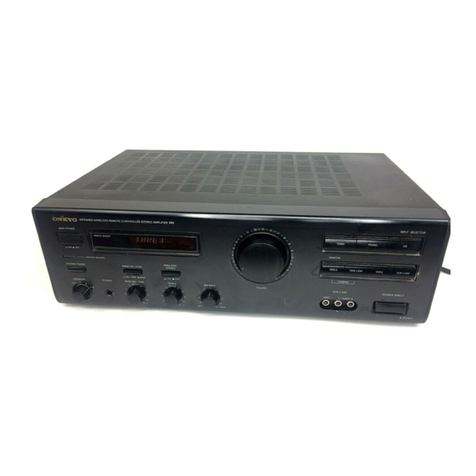
Onkyo
Onkyo A-RV401 User manual
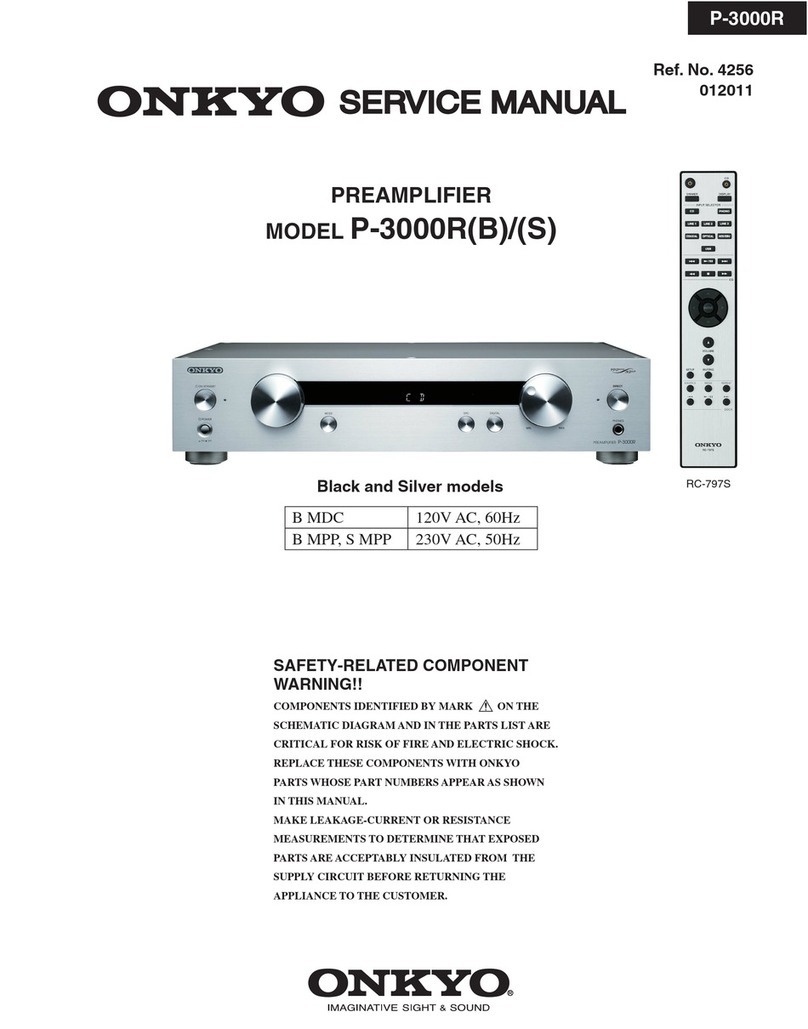
Onkyo
Onkyo P-3000R User manual

Onkyo
Onkyo A-7 User manual
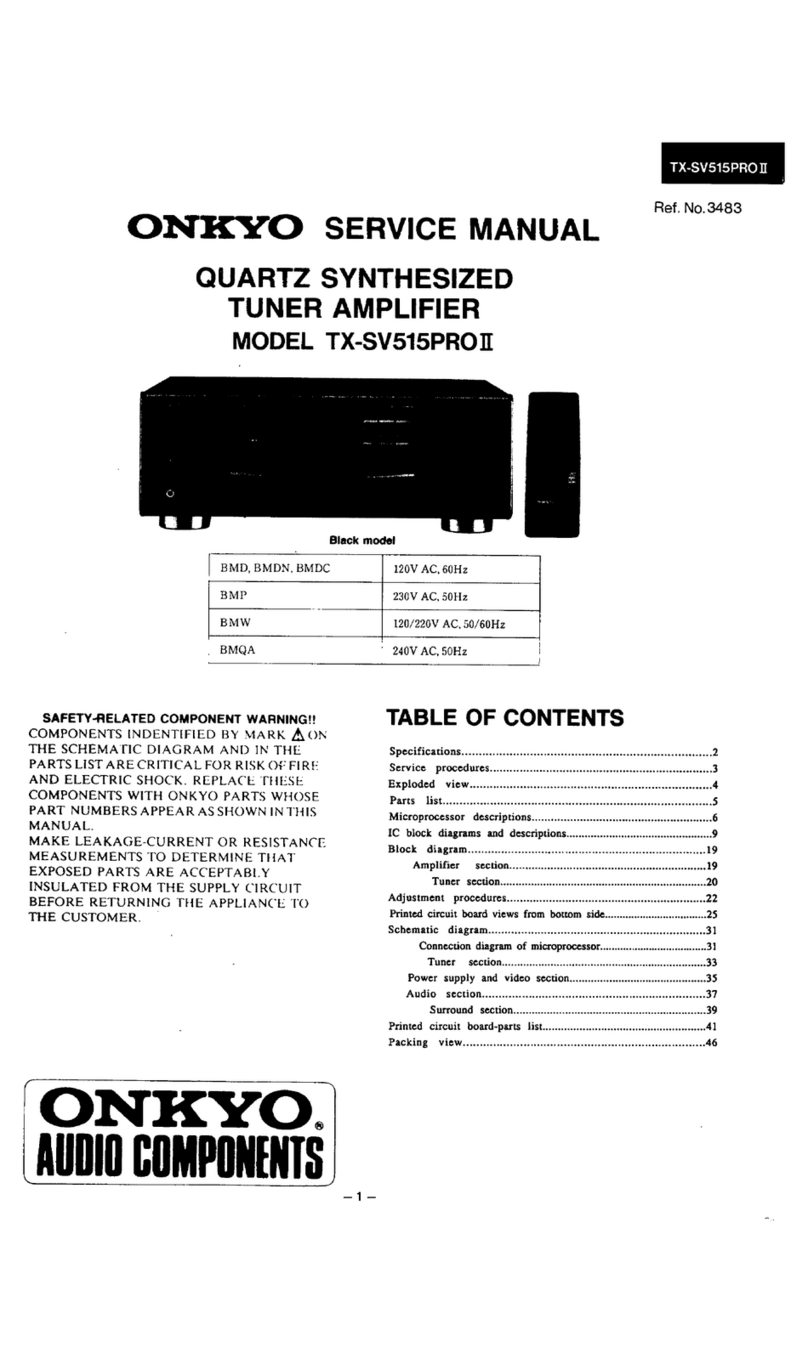
Onkyo
Onkyo TX-SV515PROII User manual
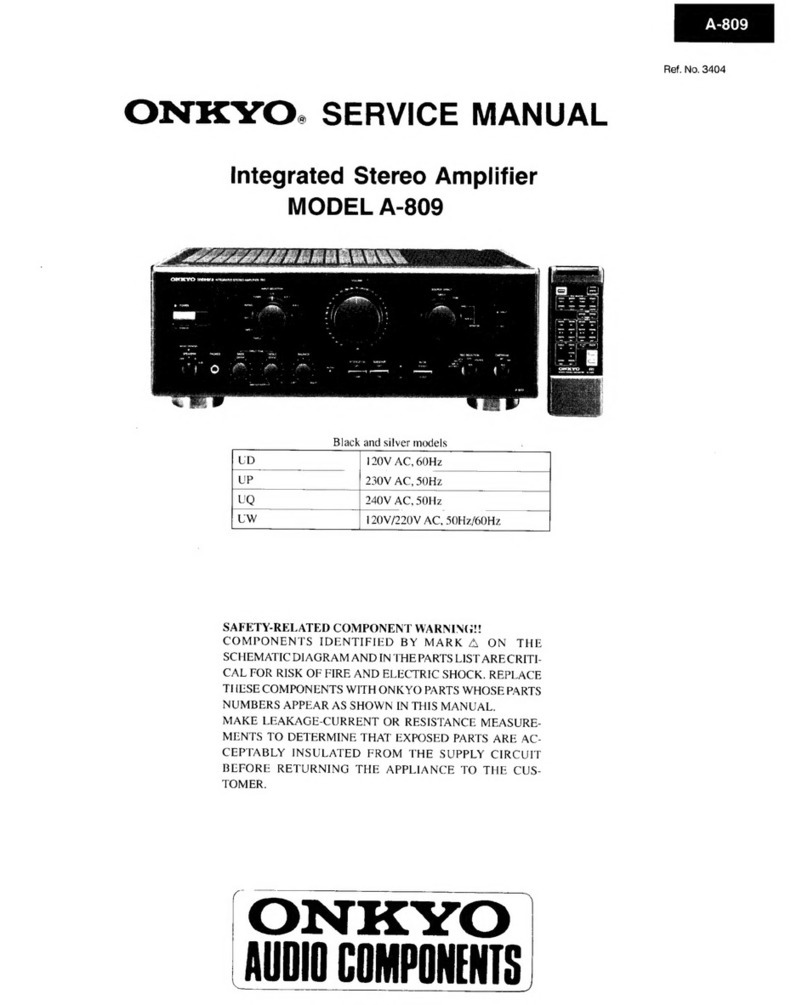
Onkyo
Onkyo A-809 User manual
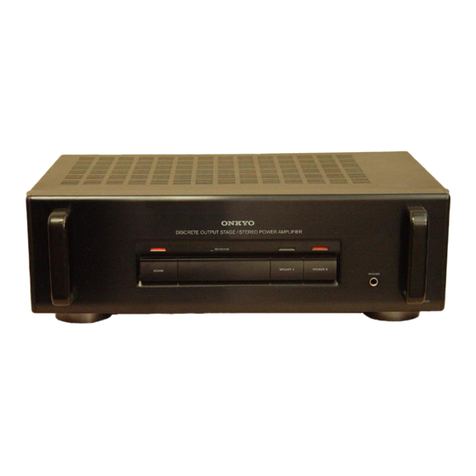
Onkyo
Onkyo M-501 User manual
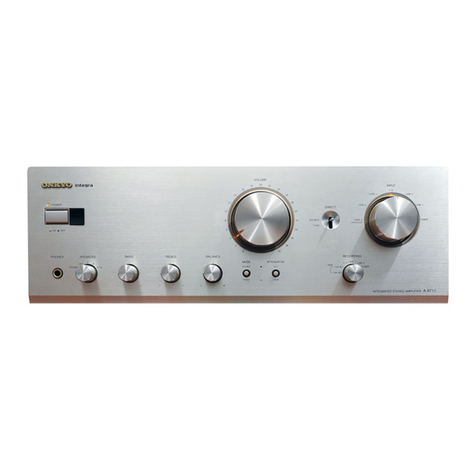
Onkyo
Onkyo A-9711 User manual
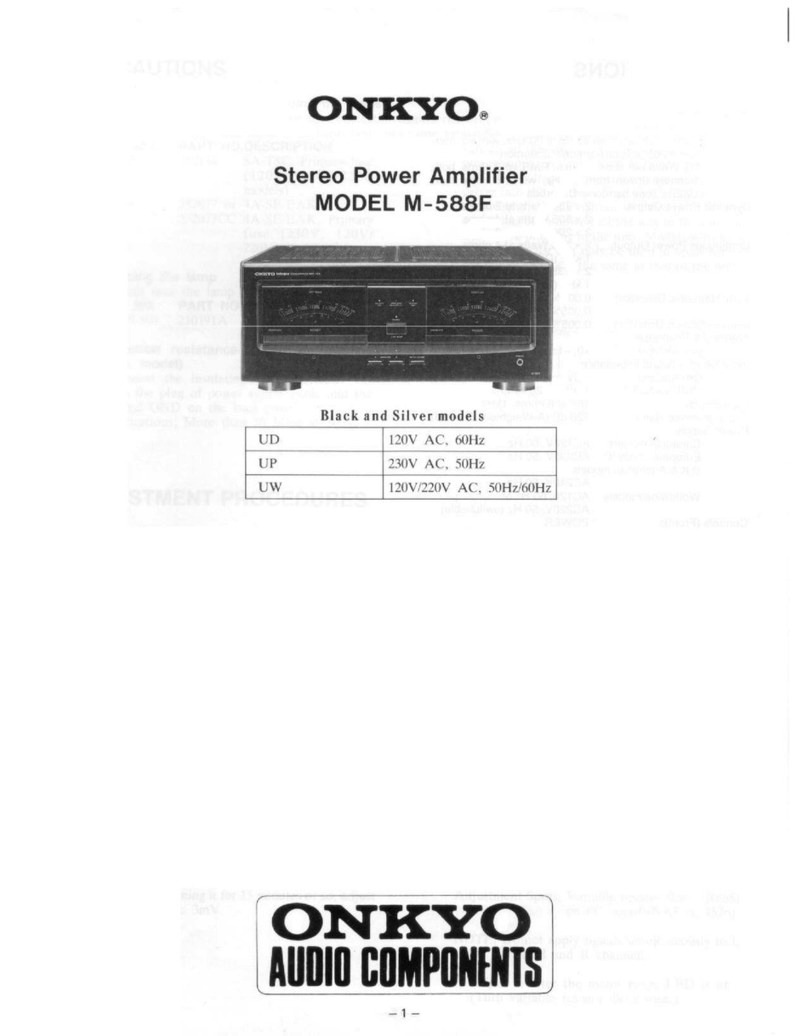
Onkyo
Onkyo M-588F Quick start guide

Onkyo
Onkyo A-8500 User manual
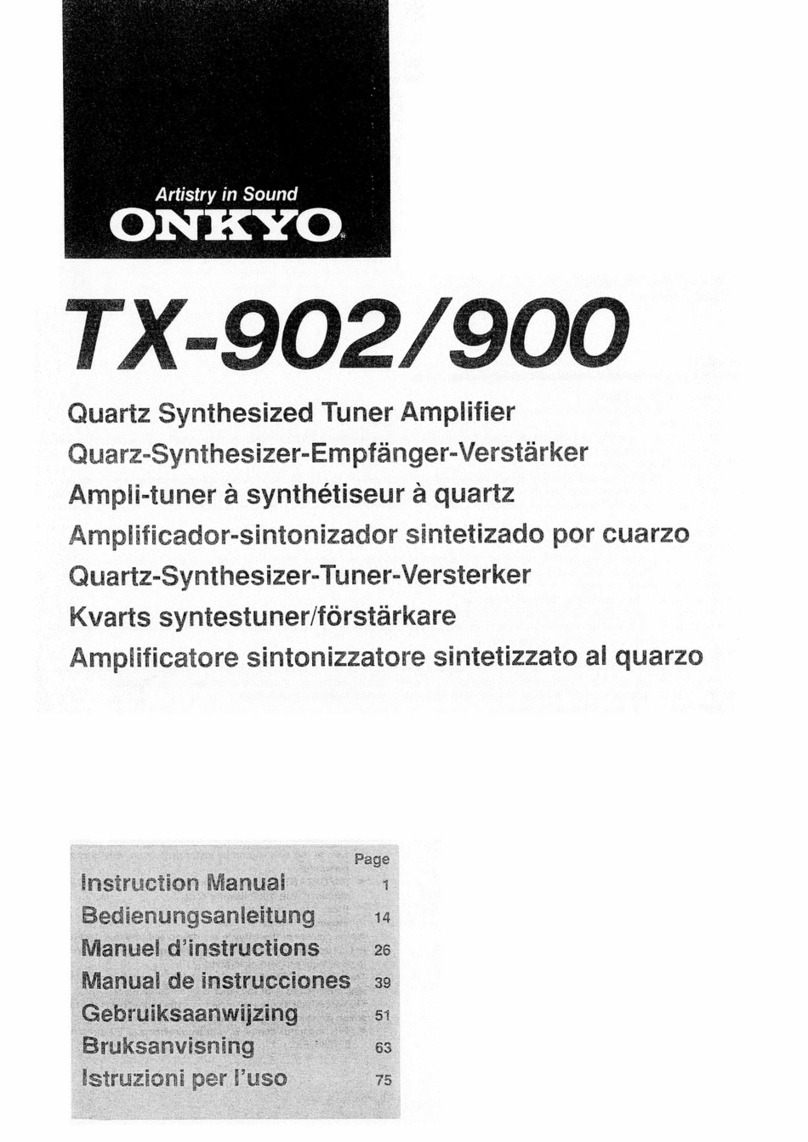
Onkyo
Onkyo TX-902 User manual
